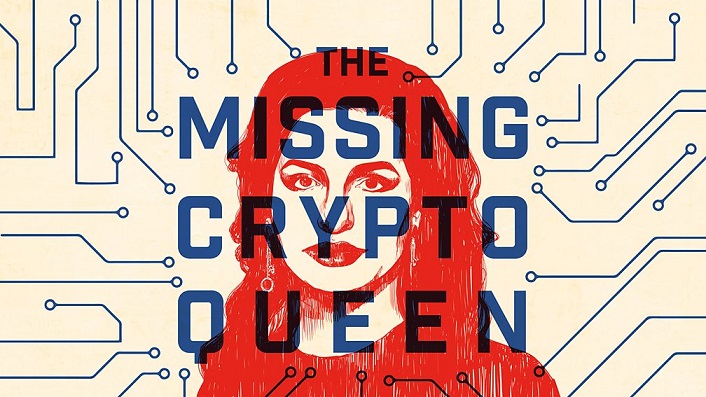The Mt. Gox hack was a watershed moment for bitcoin. And the future repayment to the affected people will surely be another one. Since we’re in a bear market, most people worry about what effect will those 140K BTC will have on the price. Will the Mt. Gox class prove to be holders or will they sell it all as soon as they get it? That’s a question for another day, since the Mt. Gox class has until January 10th, 2023, to complete registration and select their preferred payment method.
The last time we reported on the issue, attorney-at-law Nobuaki Kobayashi was appointed as the Rehabilitation Trustee and the repayment procedures were expected to begin on September 15th. NewsBTC also informed that “the Mt. Gox bitcoin repayments will happen over a period of time, putting only a portion into circulation at a time. This will see that there is a much lesser impact from the BTC coming into the market and wouldn’t tank the price of BTC.”
This time, we’ll learn about the repayment methods and the full KYC procedures that the Mt. Gox class is going through to get that sweet vintage BTC.
Mt. Gox Hack Repayment Options
It’s hard to believe, but it seems that after all these years the Mt. Gox story will come to an end. Ok, there’s been postponement after postponement and a million new requirements, but there’s also been progress. This time, Mt. Gox announced, “Regarding repayment under the Rehabilitation Plan (“Repayment”), the Rehabilitation Trustee has launched a function for creditors to select a repayment method and to register payee information.”
The creditors “who wish to receive Repayment” will have to go here and complete the “Selection and Registration” form before January 10th. This is more than mandatory. “If you do not complete the necessary Selection and Registration, you will not be able to receive any of the Repayments below, and you will need to bring the required documents to the MTGOX Co., Ltd. head office.” They will also have to “receive Repayment in Japanese yen (cash).”
On the other hand, those who complete the forms on time will be able to choose between these repayment methods:
- Early Lump-Sum Repayment
- Repayment for a Portion of Cryptocurrency Rehabilitation Claims in Cryptocurrency
- Repayment by Bank Remittance
- Repayment by Remittance through a Fund Transfer Service Provider
It’s also worth noting that to receive payment in the selected method, these three names have to coincide:
- “Creditor Name (the name notified to the Rehabilitation Trustee by the rehabilitation creditor)”
- “Name of Payee information (Name of the receipt bank account for a bank remittance, the account of a fund transfer service provider, and the cryptocurrency exchange/custodian account, etc.)”
- “Name set forth in the identification documents submitted by the rehabilitation creditor to verify identity using the service provided by Onfido PTE Ltd.”
BTC price chart for 10/08/2022 on Gemini | Source: BTC/USD on TradingView.com
How Will Repayment Affect The Bitcoin Market?
The 140K BTC that Mt. Gox will release into the wild will for sure affect the bitcoin price, but maybe not as much as people fear. The different payment methods guarantee that everything will happen gradually. And the Mt. Gox class consists of early bitcoiners. They might’ve learned something along the way and not be so eager to sell their BTC. Those coins appreciated considerably since the Mt. Gox hack, but the price might go even higher in the future.
Of course, a portion of the creditors will immediately take some profit. However, they forcibly waited since 2014 for those BTCs. Is there a rush to sell at these prices? Patience is a virtue.
Featured Image: Mt. Gox logo from Wikimedia | Charts by TradingView







 (@MarkDavidLamb)
(@MarkDavidLamb)